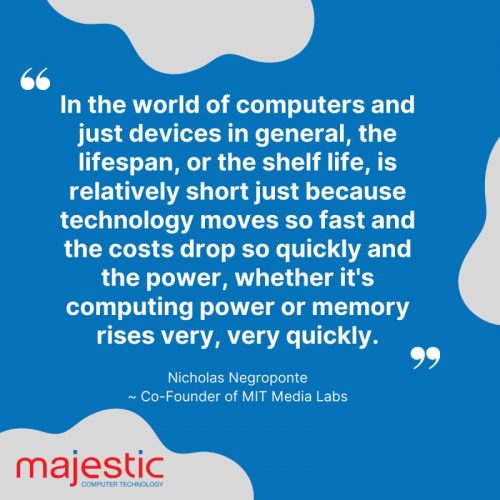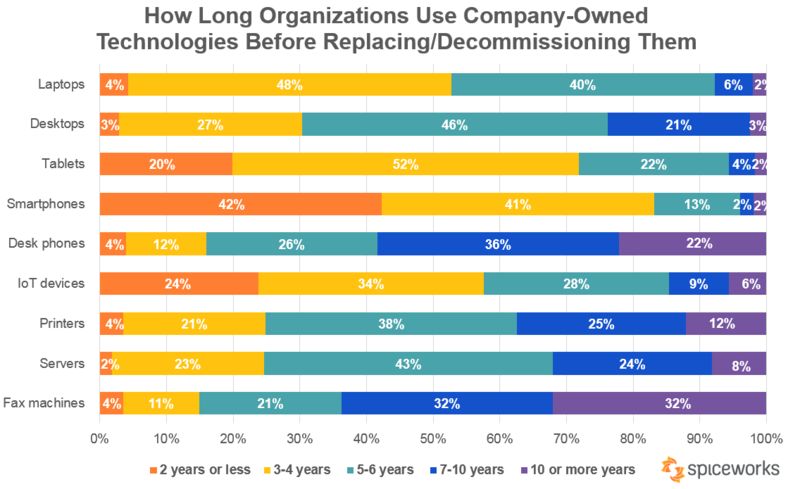Majestic CEO Tal Evans discusses the operational challenges that organisations face in relation to technology

Organisations, especially those in the healthcare or NFP sectors are commonly working on a tight budget. Every dollar counts and there needs to be an operational justification for every investment made. As a result, there is an innate push to save money and to stretch the usable time of a technology asset, whether it’s a computer, a printer or a server. Unfortunately, although the natural response from an organisation with a tightly constrained budget is to do just that, it creates a cycle that’s potentially very detrimental. As the organisation ceases to invest in a regular refresh cycle of technology, what ends up happening is that older equipment ultimately costs significantly more to maintain.
Organisations start experiencing issues around the usage of that technology. That then creates flow on issues for the employees who cannot effectively use their time because they’re busy dealing with equipment or software that simply doesn’t work or doesn’t work as well as it should.
From a business process context, if there’s little to no engagement with software service provider in an ongoing contract because it saves money, this results in not receiving regular updates of software, which increases the rate of failure and additionally, creates a challenge when the software cycle and your hardware cycle are not kept in cohesion, creating even more problems. A strategic approach helps organisations avoid these pitfalls, or, if they’ve already fallen, helps them to extricate themselves with the minimum possible consequences.
Research from Spiceworks shows that 52% of laptops are replaced or decommissioned within 4 years or less, with a further 40% in under 6 years. Experience shows us that the failure rate and under-performance in end-user devices in particular, increases significantly after 3 years. Does your organisation have a strategic plan for its ageing technology?



